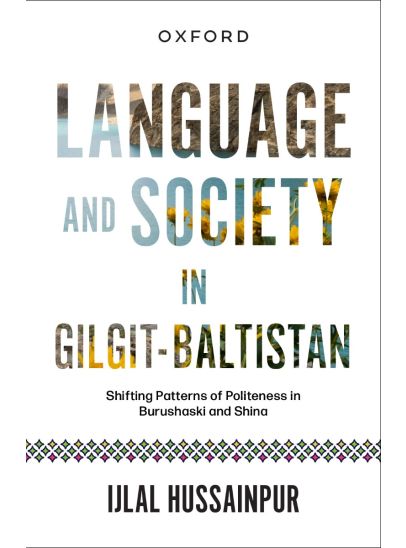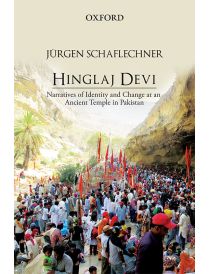Language and Society in Gilgit-Baltistan
Pakistan is home to around 70 languages, with 64 of these belonging to the Indo-European language family and at least one language isolate. Despite this rich linguistic diversity, research on language use in everyday life within Pakistani languages remains an underexplored area. The publication of Language and Society in Gilgit-Baltistan is a significant contribution to language research in the field. This book is the only available comprehensive account of language use in the Burushaski and Shina languages, spoken in Pakistan’s Gilgit Baltistan region.
Dr Tariq Rahman
Dean, School of Education, Beaconhouse National University, Lahore
Language and Society in Gilgit-Baltistan is a pioneering research study that explores three key aspects of language research in Pakistan. First, the volume accounts for the evolution of linguistic diversity in Pakistan’s Gilgit-Baltistan region, which for centuries has received cultural influences from across the region owing to its strategic location and cultural contacts with China, Central Asia, Afghanistan, and the subcontinent. Languages spoken here belong to three major language families: Indo-European, Sino-Tibetan, and Turkic, as well as a language isolate, Burushaski. Second, drawing on primary data, the study compares how language is used in social contexts across cultures to express politeness, deference, and affection in real life situations. For example, one stunning new finding explains how address inversion is used in Arabic, Burushaski, and Shina to show affection in daily life. Lastly, the cutting-edge research presents a remarkable account of how powerful languages and modernization process are impacting language use in present day Gilgit-Baltistan. This account on two of around 70 languages spoken in Pakistan offers methodological guidelines for similar research elsewhere.
 Weight in kg
0.22
Weight in kg
0.22
 Rights
World
Rights
World
 Year of Publication
2024
Year of Publication
2024
 Binding
Paperback
Binding
Paperback
 Pages
194
Pages
194




 Bulk Order
Bulk Order Request a Quote
Request a Quote